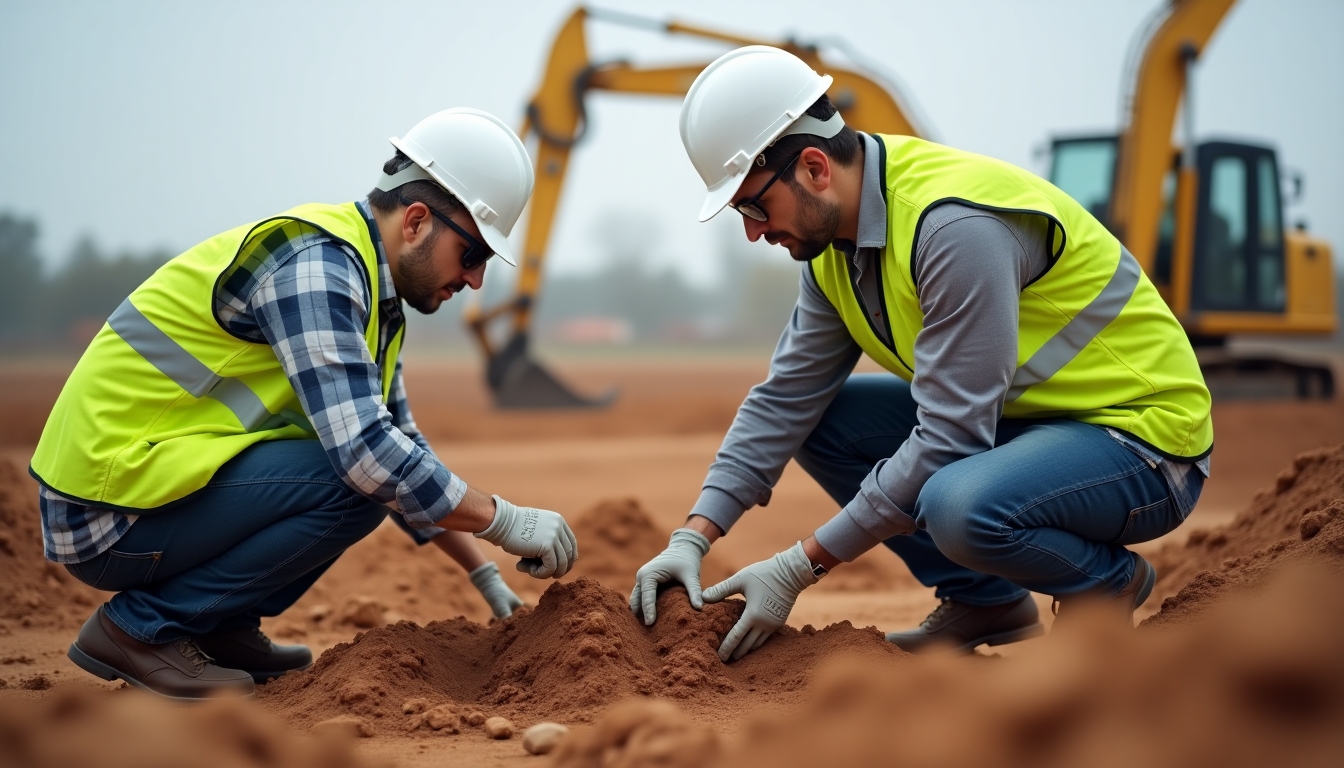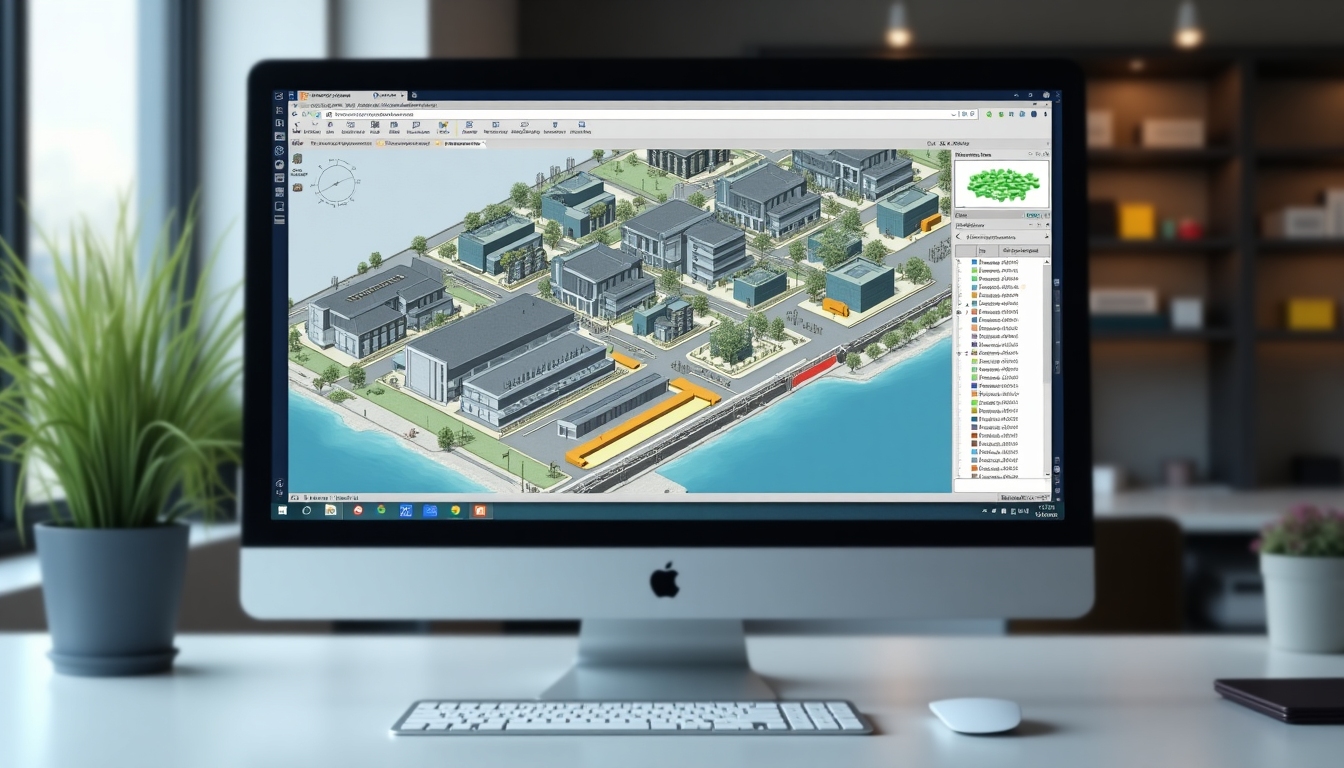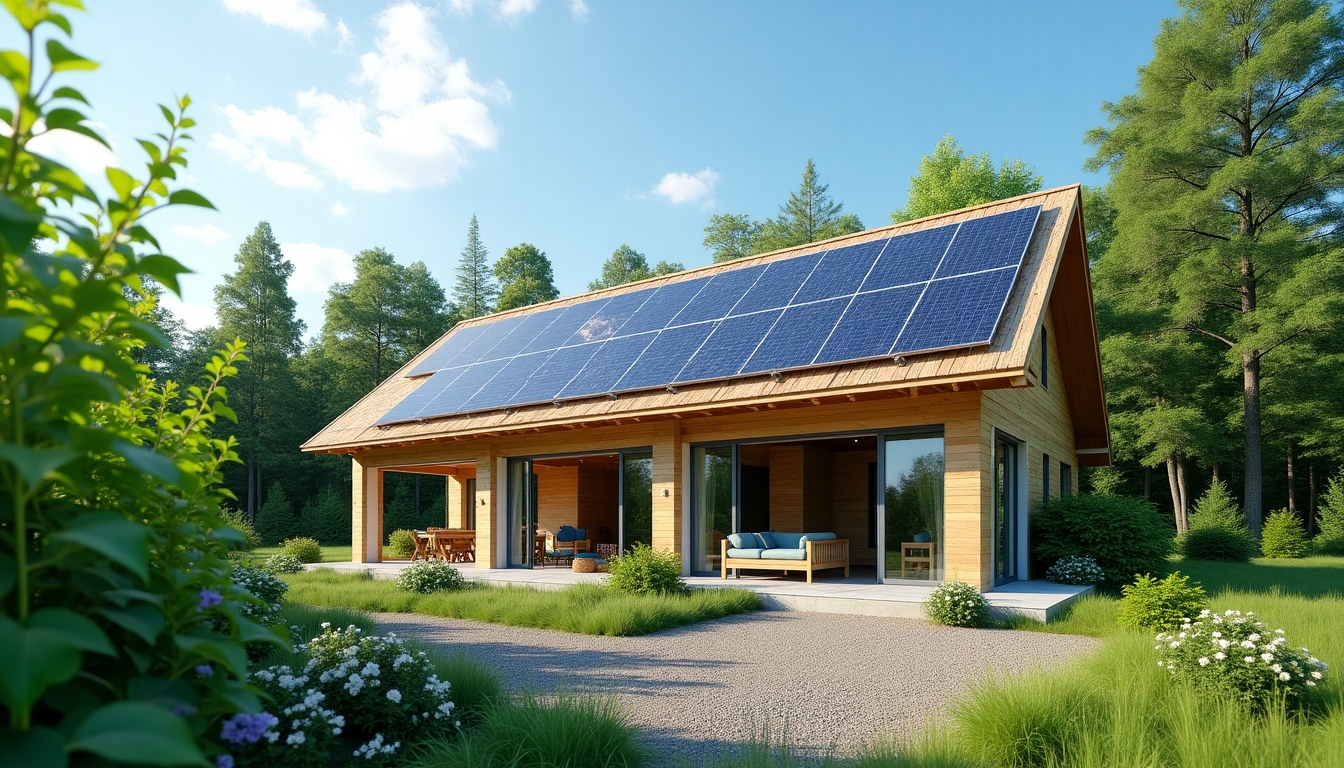Innovative Foundation Design Technologies: Building the Future
Innovating Foundation Design for the Future
The field of construction is ever-evolving, and innovative foundation design technologies are at the forefront. From site investigation to the final foundation design, these advancements promise stronger, more resilient structures.

Why Foundation Design Matters
In any building project, the foundation is crucial. It not only supports the structure but also determines its longevity and stability. Innovative foundation design technologies help in crafting solutions that are not only robust but also environmentally sustainable. These technologies are aimed at minimizing the risks associated with weak or poorly designed foundations.

Key Areas of Innovation
- Advanced Site Investigation Techniques
- Geotechnical Surveys: Using drone technology and ground-penetrating radar to gain deeper insights into soil composition and structure.
- 3D Modeling: Creating detailed maps of subsurface conditions to better plan and design foundations.
- Sustainable Materials
- Utilize materials like fly ash and recycled aggregates which contribute to a reduced carbon footprint.
- Modular Foundation Systems
- Prefabricated components that are quick to assemble and cause less disruption to the environment.

The Role of Site Investigation
Before laying a single brick, understanding the ground on which you build is vital. This is where site investigation plays a key role. Through methods like drilling and sampling, engineers determine the best type of foundation, ensuring the design withstands natural forces like earthquakes or floods.
Using analysis software, we can predict how a site will react to different loads, offering a tailored foundation design for each unique project.

Personal Insights on Foundation Design
As an engineer, I've seen firsthand how innovative foundation design technologies transform abstract ideas into concrete realities. For instance, using eco-friendly methods not only saves costs but also enhances a project's appeal to environmentally conscious clients. Projects I've worked on also benefit from advanced analytics that predict long-term maintenance needs, providing value beyond just the initial build.

Tips for Implementing Advanced Foundation Technologies
- Invest in Quality Site Investigations: Skimping on this initial step can lead to significant setbacks later.
- Embrace Technology: Use the latest software and materials for better efficiency and sustainability.
- Continuous Learning: Stay updated with the latest trends and advancements in technology to remain competitive.
- Collaboration: Work closely with clients and stakeholders to ensure that every aspect of the project aligns with their vision and environmental goals.
Conclusion
The journey from groundbreaking to completion demands more than just traditional techniques. As we move forward, innovative foundation design technologies will continue to shape the future of construction, ensuring safer, stronger, and more sustainable buildings for generations to come. For those interested in going further, exploring case studies and recent advancements can provide deeper insights.





